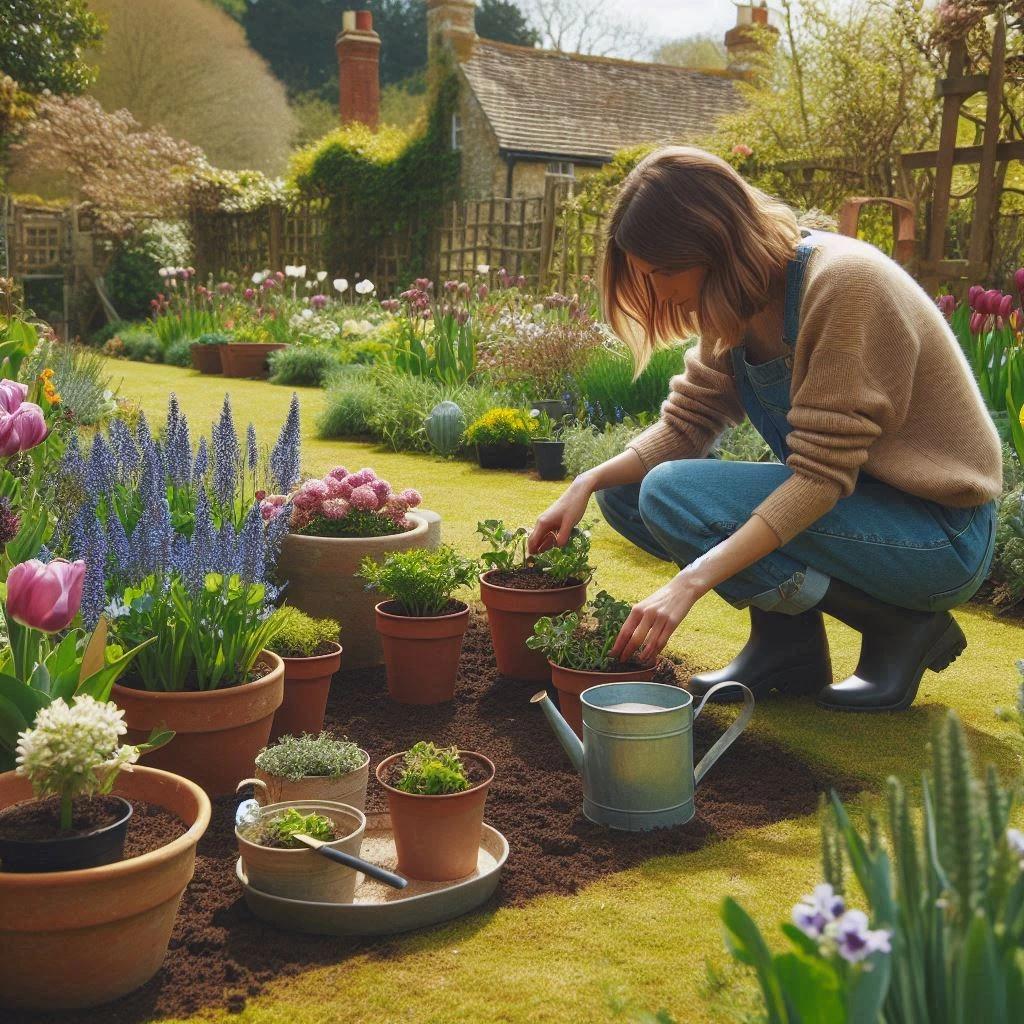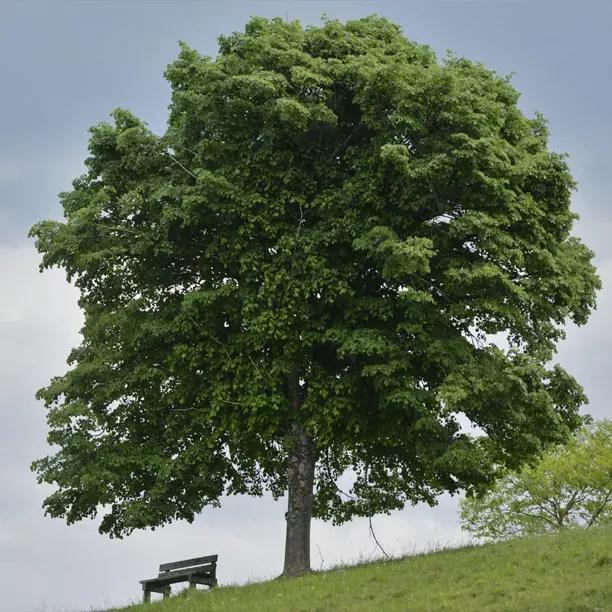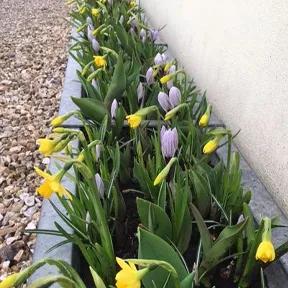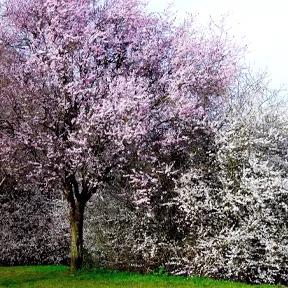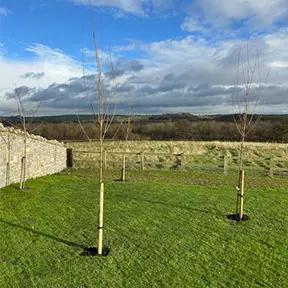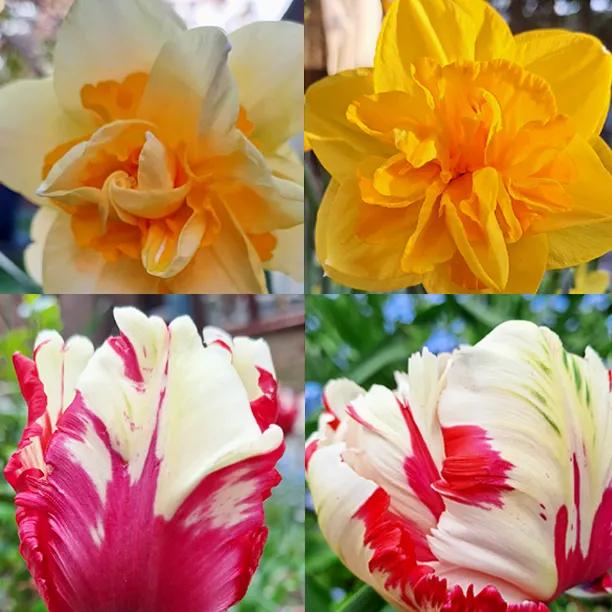Silver Leaved Lime, Large Trees
- Broad, upright canopy.
- Good for damp clay.
- Sizes: Standards only.
- Max. Height: 25-30m
- Bareroot Delivery: Nov-Mar.
Recommended extras
Description
Silver Lime Trees
The Silver Lime tree, Tilia tomentosa is a large, spreading tree with an upright, uneven but generally rounded canopy. The dark green leaves have hairy, silver-grey undersides. Suitable for any fertile soil, especially heavy clay. The Silver Leaved Lime is a beautiful member of the Lime family, with a magnificent round head. It is completely hardy, but is a comparative rarity in the UK as it only sets viable seed in warmer parts of the country. It can reach a height of about 25-30 metres. Unlike most other lime trees, the Silver Lime hardly ever produces suckers. It transplants very well and like all limes it is pretty resistant to honey fungus.
Did You Know?
This tree was probably first introduced to Britain in the 1760's. It was named by Professor Conrad Moench of Marburg, Germany. Alphonse de Candolle and it was cultivated by nurseries from the 1880's. This tree has won the RHS Award of Garden Merit, although it is only suitable for a fairly large garden.
There were suspicions that this species can kill bees, which famously get "drunk" on their nectar, which can make them pass out for a while. A 2017 review of the literature indicates that the death of bees near limes is not caused by the trees themselves, but rather a lack of alternatives around them in urban areas. Limes are very attractive to bees, who will continue to search their flowers for nectar when it is all but finished if there is not much else around.
How Standard Trees are Measured:
All the plants in the ornamental trees section are graded as standardss, which means that they are measured by their girth in centimetres 1 metre above ground level (basically, their trunk's waist measurement). They aren't measured by their height, which will vary. So, a 6/8 standard has a trunk with a circumference of 6-8 centimetres and an 8/10 standard has a trunk 8-10 centimetres around. This measurement makes no difference to the tree's final height.
Standard trees are 2 - 3.5 metres tall (on average) when they arrive; they are the most mature trees that you can buy from us. We cannot tell you precisely how tall your trees will be before we deliver them.
Planting Instructions
Notes on planting Silver Lime trees:
Silver Lime trees will grow well in any reasonably fertile soil. They love heavy clay and don't mind quite damp sites, although they won't grow in a bog. They tolerate partial shade and thrive in the city.
Although they aren't suitable for poor, dry soils, mature trees on good soil are very drought resistant.
Prepare your site before planting:
It is good to dig over the site where you plant a tree several months in advance. Kill the weeds first: for tough weeds like nettles, brambles and ground elder, you will usually need a weed-killer to get rid of them. When you dig the soil over, remove stones and other rubbish and mix in well rotted compost or manure down to the depth of about 2 spades.
Watch our video on how to plant a tree for full instructions.
Remember to water establishing trees during dry weather for at least a year after planting.
Tree Planting accessories:
Prepare your site for planting by killing the weeds and grass.
You can buy a tree planting pack with a wooden stake & rubber tie to support the tree and a mulch mat with pegs to protect the soil around the base of your tree from weeds and drying out.
We suggest that you use mycorrhizal "friendly fungi" on the roots of all newly planted large trees: if your soil quality is poor, we strongly recommend it.
You can also improve your soil with bonemeal organic fertiliser.
After you plant a tree, the most important thing to do is water it in dry weather. You will also need to weed around the plants. Watering should be thorough, so the ground is soaked. Let the soil almost dry out before watering again. Watering & weeding will be necessary for at least a year after planting.
If your trees do need pruning, it is ideal to do this in winter. Always hire a tree surgeon to remove large branches. Lime trees are vigorous and quickly recover from a severe pruning.
Special notes on caring for Silver Lime trees:
Silver Lime is a very tough tree that shouldn't need special attention once it has established.
Remember to check the stake and tie supporting your trees a few times a year. Tighten the tie if it becomes loose and loosen it as the tree grows. Make sure that the tree's trunk isn't rubbing against the stake.
Hygiene & Diseases:
Dead, damaged or diseased wood can be pruned off as soon as it appears.
Disinfect your pruning tools between every cut if there is any sign of disease.
Burn or dispose of any diseased material, do not compost it.
It's Spring Planting Season 2025

Pot Grown & Plug Plants Delivered

Direct from the Nursery Value

No more broken plants in the post!
